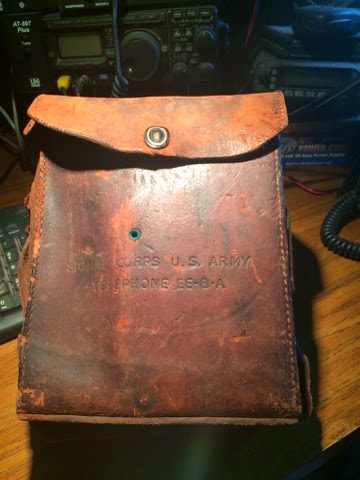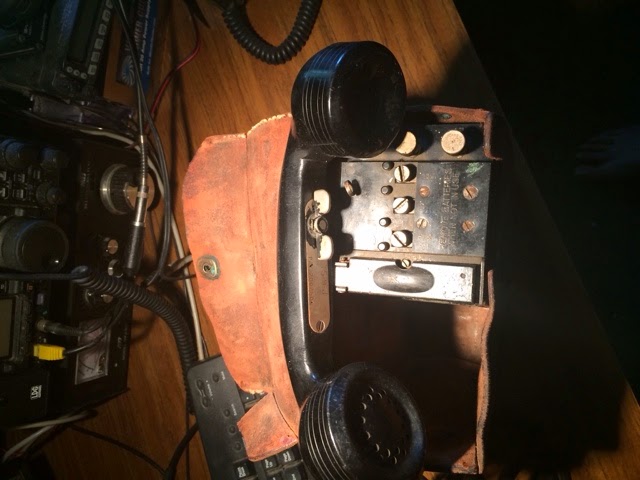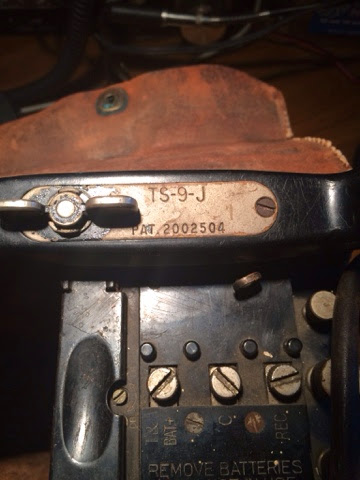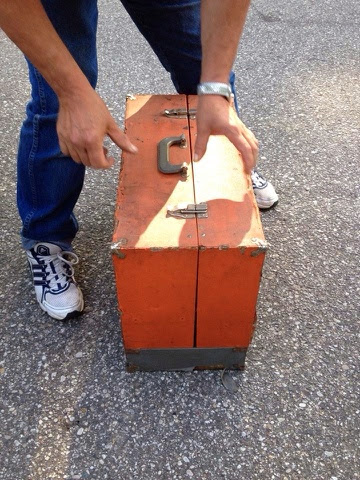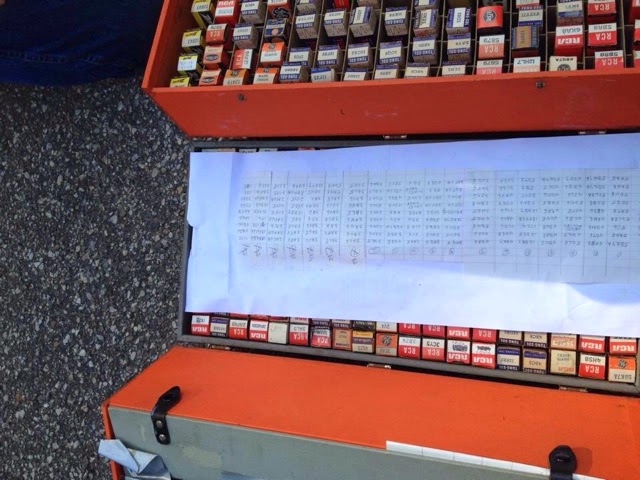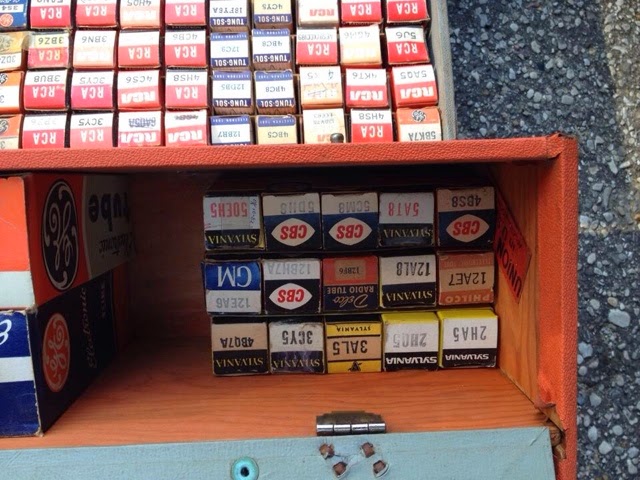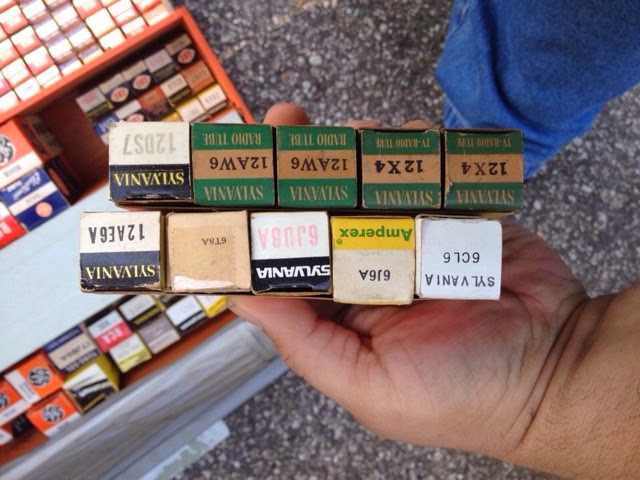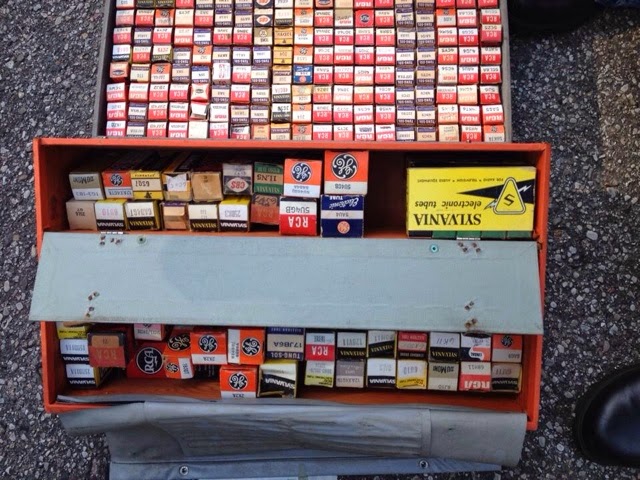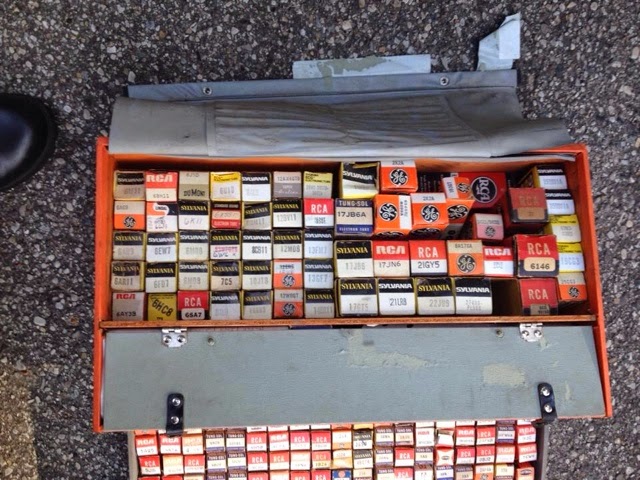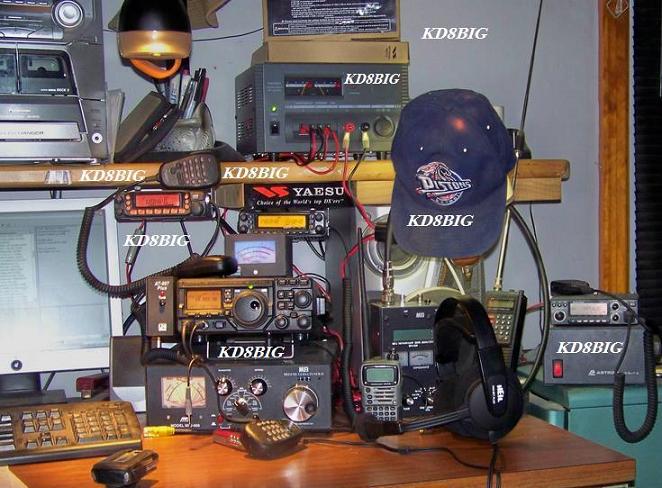More than 10,000 law enforcement personnel from around the world have
assembled on Death Valley Road, in the Mojave Desert outside of Baker,
California to begin this weekend's 30th annual running of what is known
as
'The World's Longest Police Foot Pursuit'.
The
Baker to Vegas Challenge Cup Relay Race, a gruelling, 120 mile ordeal, has become the premier competitive event among the worlds law enforcement agencies.
The race begins outside of Baker, California at the gateway to Death
Valley. Death Valley holds the record as the hottest location on earth,
with an officially recorded temperature of 134.0 F (57.6C). Ground
temperatures in this area can exceed 200 F. This land truly belongs to
the rattlesnakes and coyotes.
The race winds through the Mojave Desert before crossing the Spring
Mountains at Mountain Springs Pass (5,530 Ft Elv) and then descending
into the glitter gulch, Las Vegas, Nevada, some 120 miles from the Start
Line.
Humans do not fare well in this extreme environment. Severe medical
incidents, as well as deaths occur in this event. There is no telephone
service or medical facilities in this desolate part of the world. The
event must carry in all of their own emergency medical personnel and
equipment. They must also build their own communications infrastructure.
The communication system needs to cover an area of 8,100 square miles,
roughly the same area as the states of Connecticut, Delaware, and Rhode
Island combined. Entering the picture is
Joy Matlack KD6FJV and
her 650 amateur radio volunteers. Matlack, the long serving
Communications Director oversees a multi-tiered infra-structure of ham
radio, business band, aeronautical, and public safety communication
systems.
http://youtu.be/4LTGWG8C5Xw
Amateur radio operators build and deploy the portable repeater systems
that seamlessly cover to entire 8,100 sq miles. They also build and
deploy the links used by the med-evac teams
Baker to Vegas, known to those around it as the B2V is broken up into 20
race stages. It is at these stages that the teams change runners.
Amateur radio operators serve as the staff for these stages.
The hams provide the timing and scoring functions, operate the public
address system, staff early warning and early, early warning positions,
summon medical assistance, and relay all of the routine and emergency
radio traffic for the event.
Although the majority of the traffic handled deals with routine
logistical and operational functions of the event, the primary mission
of the amateur radio operators is the protection and safety of the
runners and their support vehicle staffs.
All of the roadways used during the event are still open to regular
vehicle traffic. The first half of the race is on what is typically
lightly traveled wilderness roads. But come race weekend these routes
are covered with thousands of vehicles belonging to support staff,
course volunteers, and family/friends of the runners.
The race takes a dramatic turn once it reaches Pahrump. Nevada. Pahrump
which was a tiny dot on the map when B2V began 30 years ago, has now
grown to be a small city of 37,000. The once quiet little route NV 160
which links Pahrump to Las Vegas is now a heavily travelled
thoroughfare. NV 160 is notorious for it's large number of traffic
fatalities. which primarily occur as it winds into the Las Vegas valley
at Blue Diamond.
Once the race enters the Las Vegas Metro area (pop.1,951,269) the
runners will spend a dozen miles on urban streets. Here they will share
the pavement with thousands of motor vehicles. The average vehicle in
Las Vegas travels in excess of 50 MPH!
For these reasons, a team of highly trained, motorcycle mounted, amateur
radio operators, known as "Motors" patrol the entire 120 miles of the
race. Most of these hams are either active duty or retired peace
officers who look for hazards, rules violations, and runners in need.
Also as the road skirts Death Valley at the early stages of the race
from the Start Line to Shoshone, California (pop. 31) the runners face
the most severe conditions. A 2,000 ft rise in elevation, coupled with
high temperatures and arid conditions cause this to be the location of
most of the severe medical emergencies and deaths to runners.
Even police officers do not always make the wisest choices. Follow
vehicle personnel often fail to correctly observe the deteriorating
condition of their runner. In a few instances, they have replaced a
sagging runner and then simply left him along side of the road. In one
such case, the abandoned runner was experiencing a complete shut-down of
his vital organs. Found by another team, he hovered near death in ICU
for weeks.
Matlack now deploys a "Patrol Unit" team. This group consists of a
coordinator and 6 specially trained amateur radio operators who patrol
this section of highway observing the condition of each runner. They
maintain continuous communications with the follow vehicles, medical
evac, and race officials. They are empowered to take a runner off of the
course, summon a medical response, and to enforce violations being
committed by the runners support team. Both the Motor and Patrol Unit
hams can issue a special green violation card affectionately called
"Meanie Greenies" which can disqualify a team for infractions.
b2vberlin.JPGBaker to Vegas is sponsored by the Los
Angeles Police Revolver and Athletic Club. In an attempt to keep the
hugely popular event manageable, LAPRAC limits the number of entries to
270 teams.
Despite this, participation by support crews family, and friends from
around the world has caused the number of direct and indirect
participants to swell to more than 10,000 people.
Right: 2014 Berlin Team displays national pride
Many of these teams also utilize their own independent crews of ham
radio operators. These team specific hams provide effective logistical
support for the officer-athletes on their team.
With such a huge communications network, one that bridges several radio
services, equipment failures are to be expected. When they do, a
special technical team of amateur radio operators spring into action.
This very mobile, highly qualified, crew of specialists quickly deploy
and resolve any technical issues. They are also the people who set up
and take down the system of temporary repeaters and links.
One final team of amateur radio operators contribute to the overall
enjoyment of this event and they are the APRS specialists. This group
coordinates the real time position reporting activities of the various
team follow vehicles. You can follow your favorite teams progress here:
http://b2v.findu.com/
In the three decades of this rugged, isolated event. More than a quarter
of a million law enforcement personnel, their families, and their
friends have felt safe in the knowledge that
"In this chase, Amateur Radio is on the Case".
source;
John-N7UR
http://www.nevadahamradio.com/

